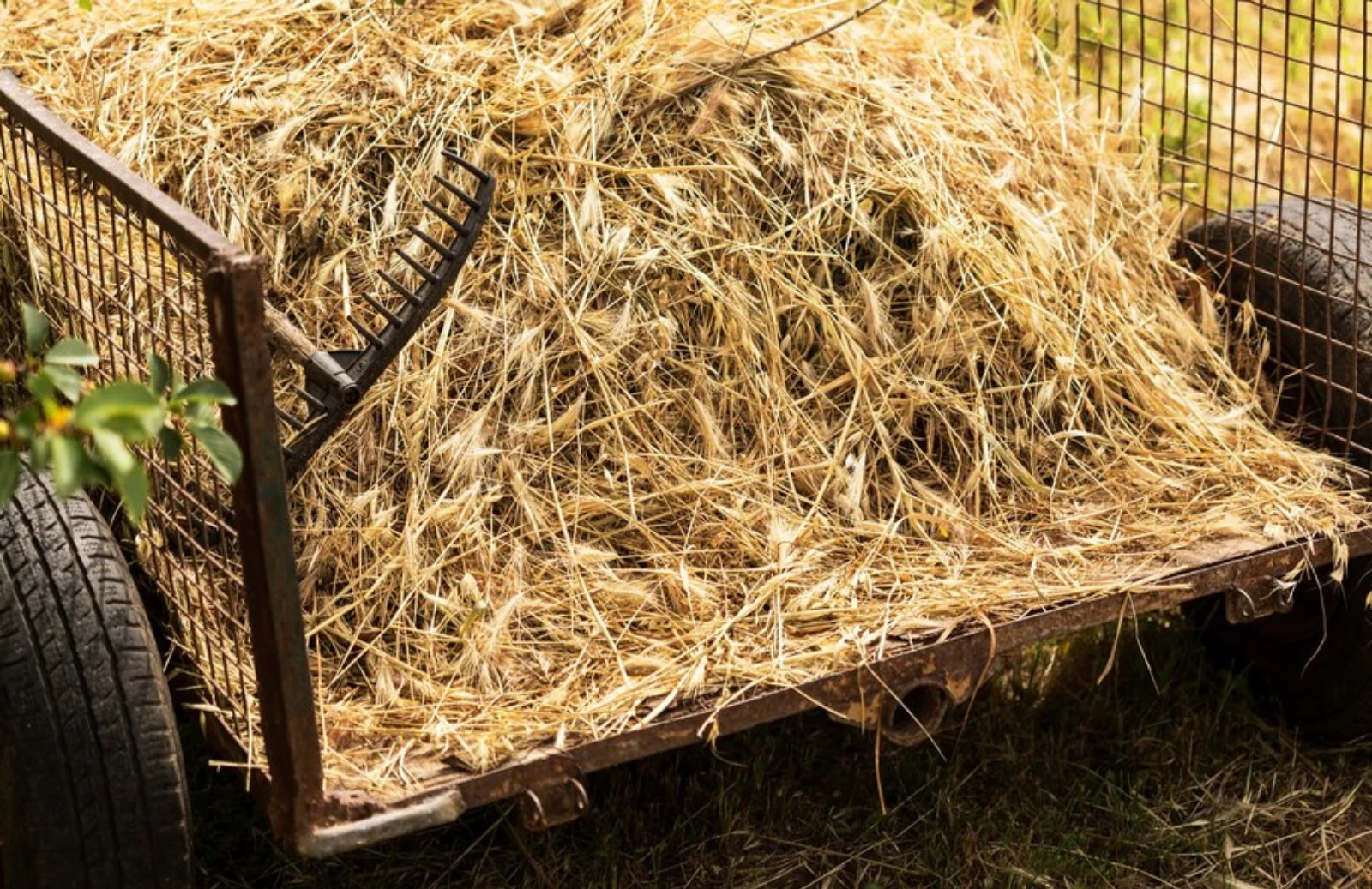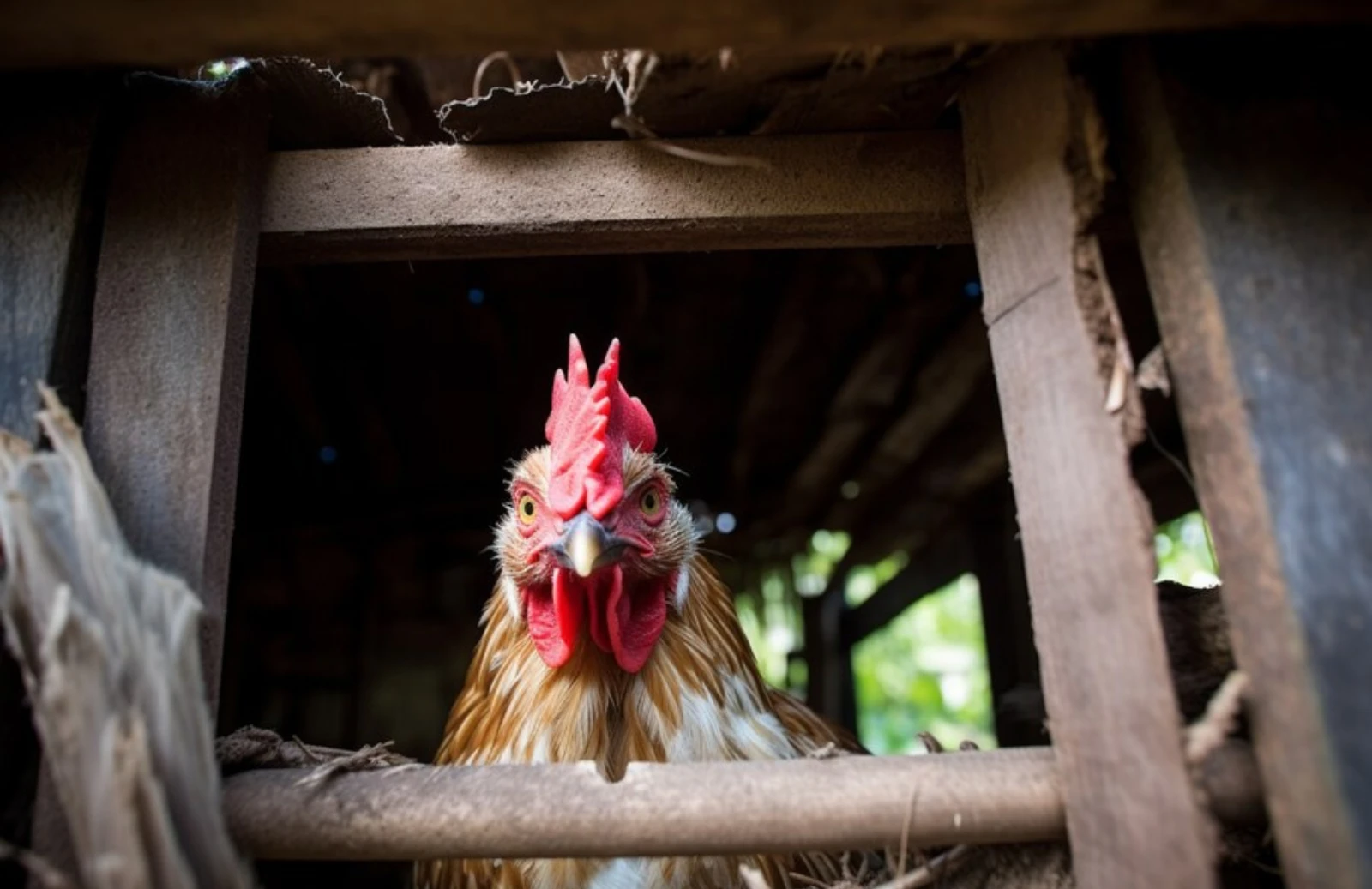Are you eager to cultivate your garden but lack the space or resources for traditional soil beds? Enter straw bale gardening—an innovative and efficient method that’s gaining popularity among urban dwellers, beginners, and seasoned gardeners alike. Whether you’re limited by space, soil quality, or mobility, straw bale gardening offers a versatile solution that can yield bountiful harvests with minimal effort. In this comprehensive guide, we’ll delve into the basics of straw bale gardening, covering everything from setup to maintenance and harvesting.
What is Straw Bale Gardening?
Straw bale gardening involves planting directly into bales of straw rather than into the ground. The straw acts as a container and growing medium, providing support for plants while also offering excellent drainage and aeration. This method is particularly appealing for those with limited space, poor soil quality, or physical constraints, as it can be done on any flat surface, from balconies to driveways.
Getting Started: Setting Up Your Straw Bale Garden
- Selecting the Right Straw Bales: Look for straw bales that are tightly bound, free from mold, and preferably organic. Avoid hay bales, as they tend to contain seeds that can sprout and compete with your plants.
- Placement and Orientation: Choose a location that receives at least six to eight hours of sunlight daily. Arrange the bales with the cut sides facing up to create a flat surface for planting.
- Conditioning the Bales: Before planting, the bales need to undergo a conditioning process to kick-start decomposition and create a nutrient-rich environment for plants. Over two weeks, water the bales thoroughly and apply nitrogen-rich fertilizer every other day. This process heats up the bales, breaking down the straw and preparing it for planting.
Planting and Maintenance
- Choosing Plants: Straw bale gardening is versatile and can accommodate a wide range of plants, including vegetables, herbs, flowers, and even small fruits. Consider the mature size of the plants and ensure they have adequate space to grow.
- Planting Technique: Create small pockets or holes in the bales using a trowel or your hands, and insert seedlings or seeds according to the planting depth recommended for each plant. Water the bales regularly, ensuring they stay consistently moist but not waterlogged.
- Fertilizing: As the straw decomposes, it releases nutrients that feed the plants. However, supplementing with additional fertilizer throughout the growing season can promote healthy growth and higher yields. Organic fertilizers or compost tea are excellent choices for nourishing your straw bale garden.
- Weed Control: One of the benefits of straw bale gardening is its natural weed suppression. However, it’s essential to monitor the bales regularly and remove any weeds that may appear to prevent them from competing with your plants for nutrients and space.
Harvesting and Beyond
- Enjoying the Fruits of Your Labor: As your plants mature, you’ll be rewarded with a bounty of fresh produce and vibrant blooms. Harvest regularly to encourage continuous growth and ensure peak flavor and freshness.
- Reusing Bales: At the end of the growing season, the straw bales will have partially decomposed, making them an excellent addition to compost piles or garden beds. Alternatively, you can reuse them for another season of straw bale gardening by adding fresh fertilizer and conditioning the bales once again.
Conclusion
Straw bale gardening offers an accessible and rewarding way to grow your food and beautify your surroundings, regardless of your gardening experience or limitations. By following the simple steps outlined in this guide, you can create a thriving garden oasis in even the smallest of spaces. So why wait? Grab a bale of straw, roll up your sleeves, and embark on your straw bale gardening journey today!










